When teaching kids to read, I personally want the simplest and most straightforward materials that won’t bore me out of my mind. With my first, I did a lot of research on the best books to teach reading and tried out a few different methodologies.
While I’ve always been an avid reader, my background is not focused on literacy. I’ve studied business, psychology, and music, but never the formation of words. So I found that I vastly preferred something that really laid out all the steps for me and removed the guesswork. The below materials work with that in mind. If you’re a literacy expert or intent on designing your own curriculum, this post is not for you.
After trying a few different options with my 4 kids I’ve taught to read (so far!), here are the ones our family has found to be the best books to teach reading to kids in a simple and straightforward manner!
Don’t miss Teaching Kids to Read Part 1/3: What age our family starts teaching kids to read, and what reading readiness skills to look for.
Teach Your Child to Read in 100 Easy Lessons
Available on Amazon, Bookshop, Target, Walmart
This is the book I always like to start with. The best part about it is that it’s very clear and easy to follow along for both the child and the caregiver who is teaching them. There are 100 lessons in the book that take your child through the basics of phonetics, blending sounds, and putting it all together in simple paragraphs. The book includes the exact verbiage for the caregiver to use as you teach your child, so it’s extremely straightforward.
I’ve also used Phonics Pathways, but I don’t like the layout nearly as much, and it felt like it required more work from the caregiver. It also felt less interesting overall. Teach Your Child waits a few lessons to start really reading, but it introduces long and short vowels right away. This gives emerging readers a broader set of options for words, making it more interesting for child and caregiver.
When using it for my first child, I followed the verbiage ver batim. It was so nice being able to just read my “part” and not worry that I was teaching it incorrectly. With my subsequent children, I’ve become very familiar with the flow, so rarely look at the”caregiver lines” anymore.
Another nice thing with this book is you child does NOT need to know all the letters before starting. In fact, in some ways, it’s easier if they don’t because then they don’t have preconceived notions about what sounds the letters make. It also teaches your child how to move from left to right and back when reading a page.
How Long Does the Book Take?
This varies a bit based on your child’s age and interest, as well as where in the book you are. I started my older two when they were about 3.5. They picked up reading fairly quickly, and the whole book took us maybe 6-9 months to complete. I started my 3rd when he was about 4.5 and and we finished the book in about a year. I started our 4th just before he turned 4 years old and we did it consistently for about 6 months. We took a break for a couple months over the summer while traveling, and are nearing the end of the book when he’s about to turn 5.
But I 100% do NOT think your child needs to be a young reader for this book to work, nor do I think it’s better in any way. Those just happen to be the ages when my own kids showed interest, but I’m confident it would work for kids at a variety of ages. And that they can become successful and enthusiastic readers no matter what age they start!
Per day, we usually aim to spend 5-20 minutes, depending again on age and interest. The early lessons are super short so we could easily complete them in just a few minutes. The later lessons get long, so we’d need 15-20, and occasionally wouldn’t get all the way through them. Still, I usually cut it off after that amount of time so it doesn’t get too tedious.
Overall, I really love this book for being straightforward and simple, for teaching proper phonetics, and for giving kids a great foundation for their reading journey.
Preschool Prep Sight Words Books
While sight words are often a big focus in schools, I prefer to really focus on phonetics with kids learning to read. It provides a much better basis for long-term reading fluency, and there’s been more recent research showing the importance of focusing on phonetics in early reading instead of rote memorization of sight words.
That said, there are a few sight words that I occasionally review to help my kids get more comfortable and not need to sound out every word. It can get a bit frustrating and tedious to work through every word every time, so once they have those tools, I like to help them remember a few common ones.
Which Sight Words Program Is Best?
There are pleeenty of sight words options out there, but they’re definitely not all created equally. I personally don’t love the ubiquitous Bob books. I just don’t think they’re that interesting for me or my kids.
My favorite sight words system is Preschool Prep. They have a series of both books (levels 1, 2, and 3) and DVDs that increase in complexity. For only having very basic words, the stories are pretty cute and I find them far more engaging than the Bob books. While we don’t use the DVDs extensively, I was surprised at how effectively they teach kids a few of the sight words so they can start reading right away for some early successes and confidence.
At the beginning, I just focus on one new word at a time. I’ll read the book to my child, then point out the word every time it shows up and have them point to it and repeat it. This solidifies the idea that the word can be in multiple places in a book and on a page, and that the letters are the same each time.
Best Books to Teach Reading: Further Practice
Once kids finish the above two resources, they’re typically pretty good at recognizing words that are familiar as well as sounding out the basics. However, they’re not typically ready to jump into life as independent readers. All of my kids – including my oldest, who took off on his own not long after finishing – needed a bit of hand-holding after the official practice books.
When I was first teaching kids how to read, I assumed picture books would be the next best step. After all, those are geared to young readers, right? Turns out, picture books often have fairly complex vocabulary and syntax as they are typically intended for adults to read aloud to children. So they can be fairly tricky for emerging readers. Here’s what I prefer instead.
Early Reader Books
You know those leveled books (like Step Into Reading and the I Can Read books)? The Step 1 books tend to be good at this point in your child’s reading journey, but this really varies. Some of them have complex names or other words, so I wouldn’t say they’re perfect for independent reading quiet yet.
Best Books to Teach Reading for Fun
Since your child will have the basics of reading down at this point, I really enjoy introducing books that are fun for the content, and don’t just feel like practice. (Which is sometimes what the easy reader books feel like to me.) Here are some of my favorites:
- This book of stories is actually one of my favorites – the vocabulary is approachable but still gives a challenge, and it’s fun to do just a page or two for practice. Plus, since it has familiar characters, it’s both exciting and comforting to young readers.
- Frog and Toad is always a winner, and is perfect for this stage. Plus, since there are different short stories inside, it almost feels like a chapter book – perfect for those emerging readers who want to be like the big kids!
- Who doesn’t love Mercy Watson? While a bit more challenging than Frog and Toad, they’re a great next step with short chapters, illustrations, and slightly more advanced vocabulary.
Here’s a whole list of other easy reader chapter books for when your child becomes a bit more advanced!
Live Reading Tutoring Program
Finally, a new live reading tutoring program called Savvy Reading came out a couple years ago – and we loved it! It’s a live reading program with a trained and certified reading teacher (either in a small group or one-on-one) to go through a phonics-based reading curriculum.
By the time it came out, my 3rd kiddo was fluent in the mechanics of reading but still didn’t super love it like my older two did. So I decided to sign him up for Savvy to see if it would help encourage a love for reading even though he was already reading at an advanced level (he tested into the 3rd grade class as a kindergartener). Surprise – it did!
Within a few weeks of starting the class, he was choosing to read early chapter books on his own. He also felt much more confident with diving into reading without a grown up reading along with him. It was wonderful and also really FUN – he looked forward to Savvy every day. And I’ve heard about a bajillion reviews from parents whose kids were struggling with learning to read who absolutely adore Savvy.
They now have classes for kids just learning letters and sounds all the way up to a 5th grade reading level. They’re currently having a back to school sale where you get a lifetime discount for signing up so it’s the perfect time to try!
Be sure to read the final post in this series with 10 Tips For Encouraging a Reluctant Reader!
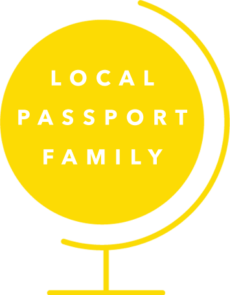
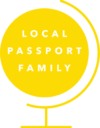
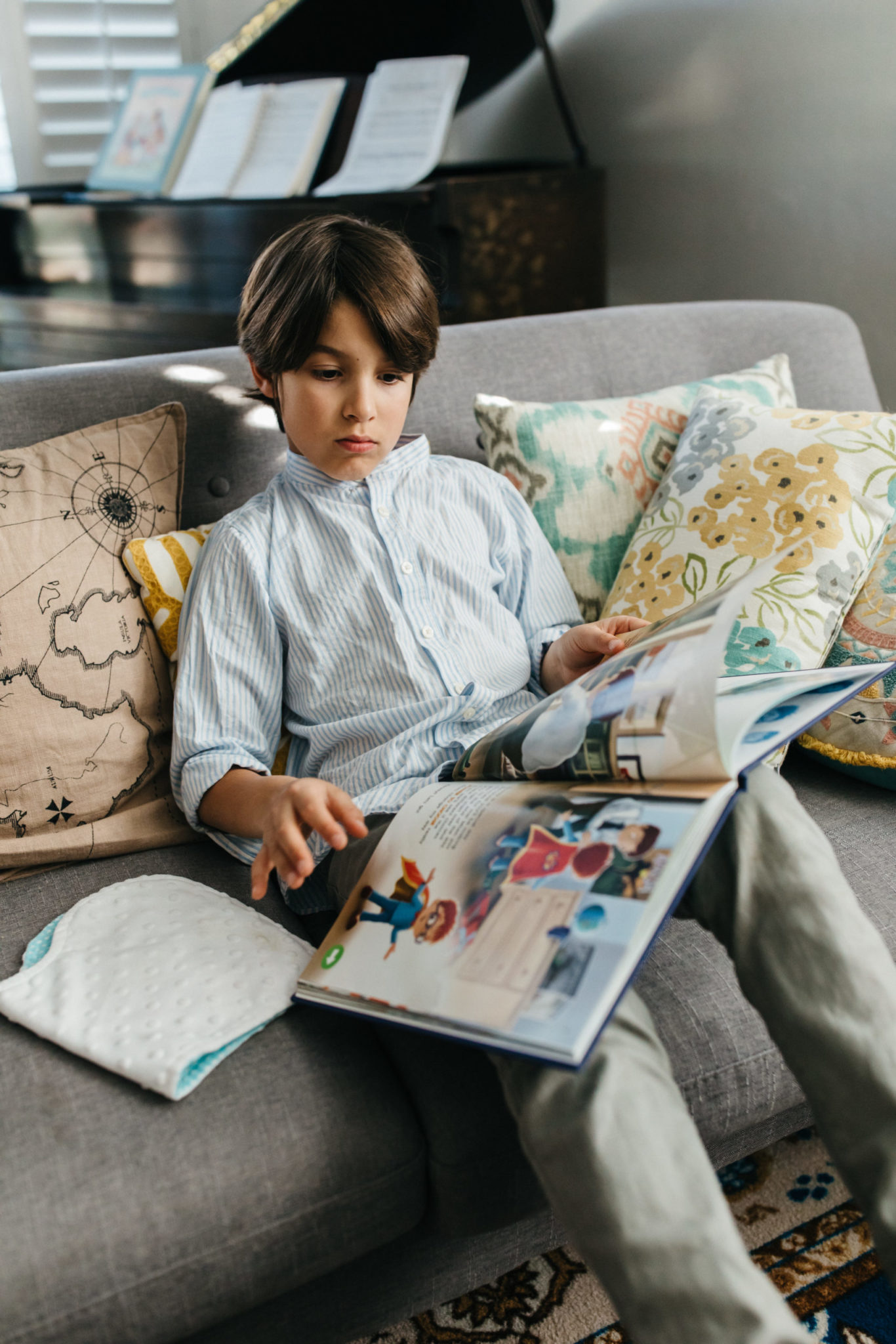
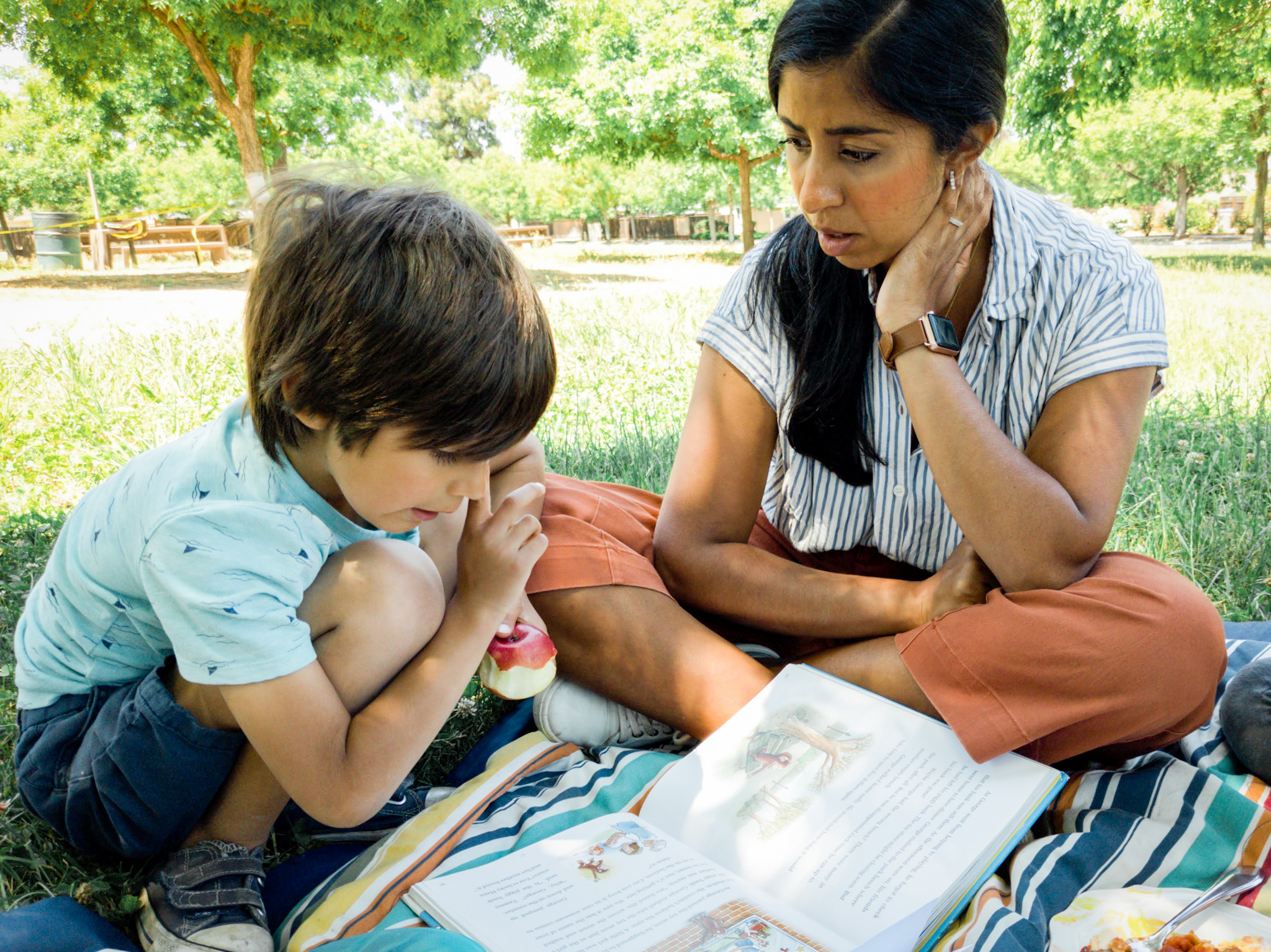







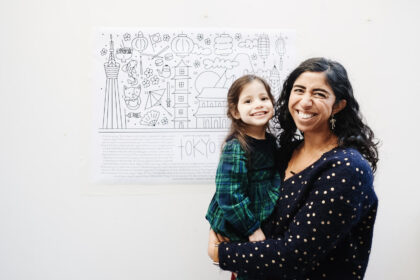

[…] Before you dig into these resources, be sure to check out this post on what age to start teaching your child to read, as well as the best books to teach reading. […]
[…] been very interested in learning to read (we’re using this book, and here are all the other resources I use to teach my kids to read), so we’re practicing for about 10 minutes each […]
Great content and guide that every parents can refer through for their kids learning needs.
A lifetime of reading is the greatest joy a parent can give.